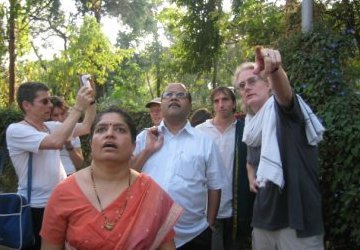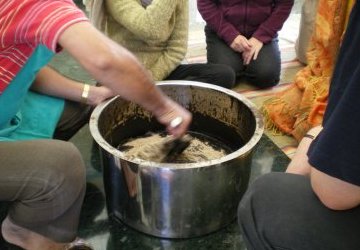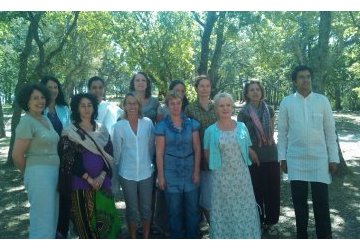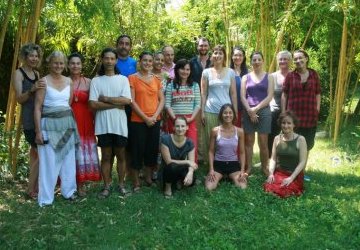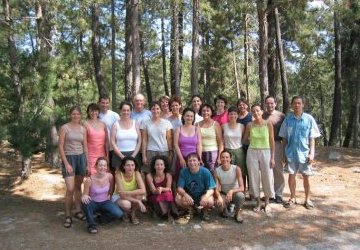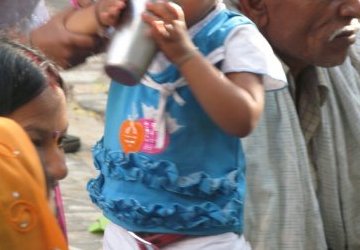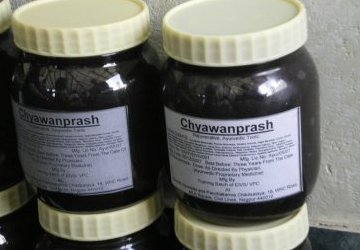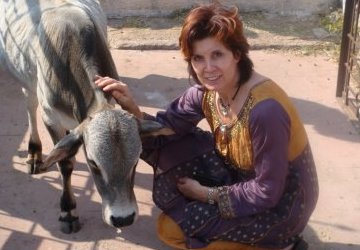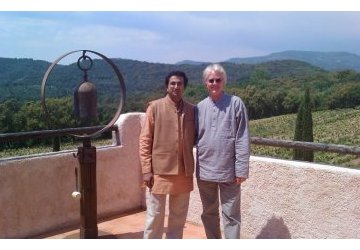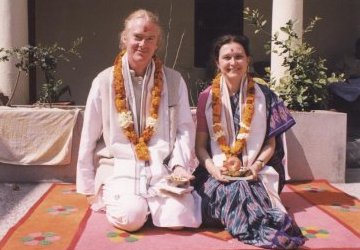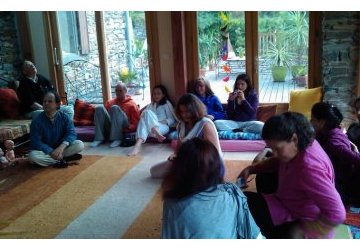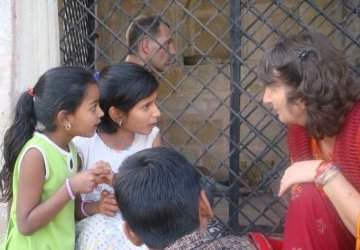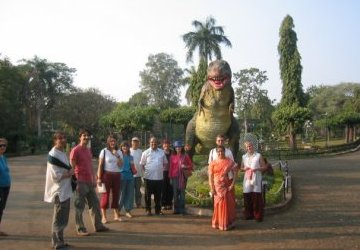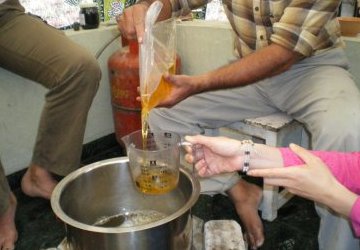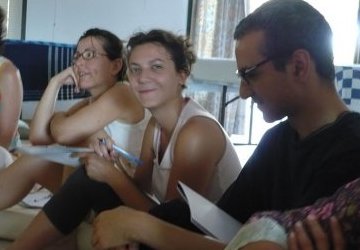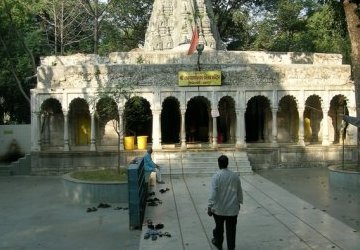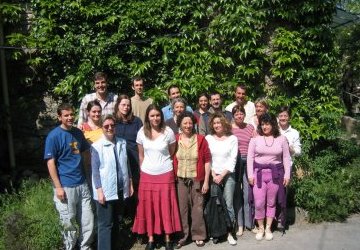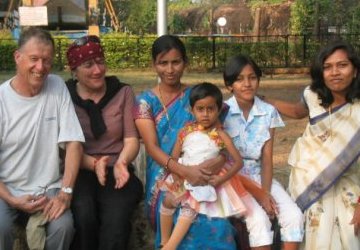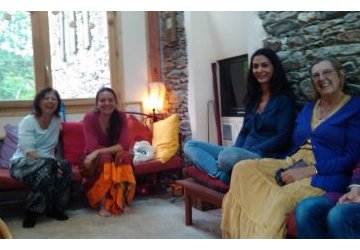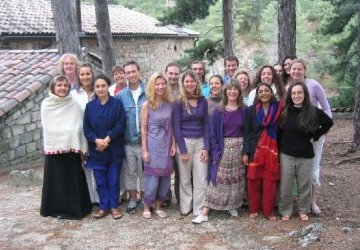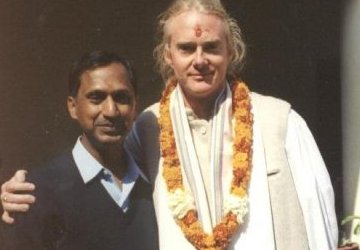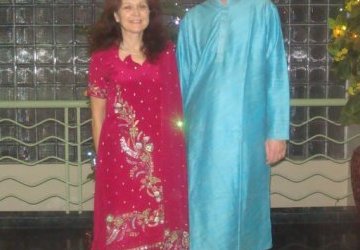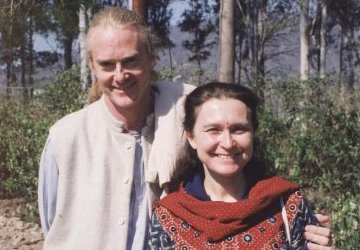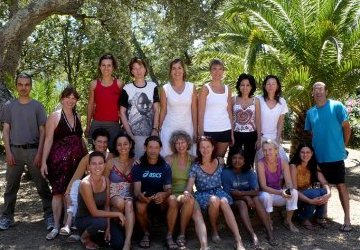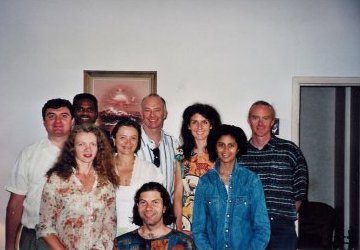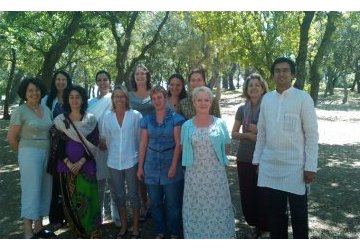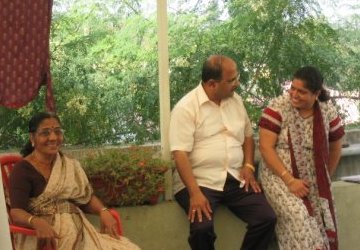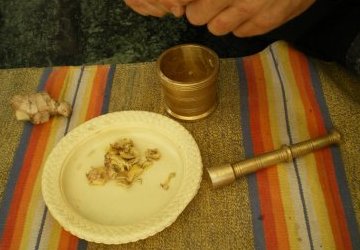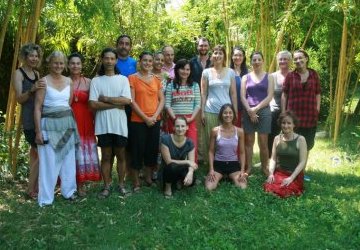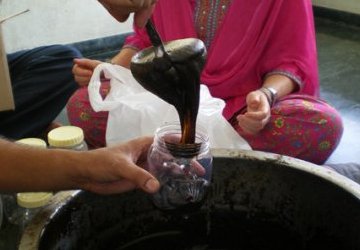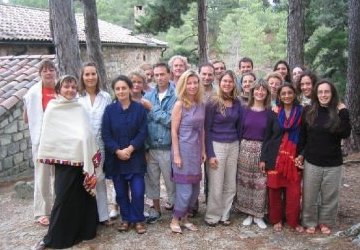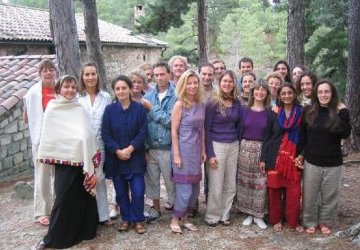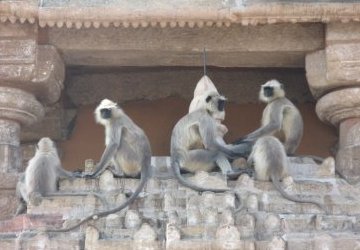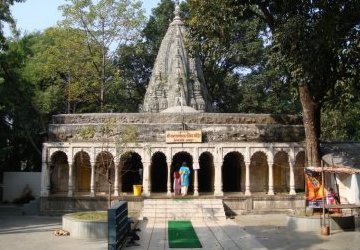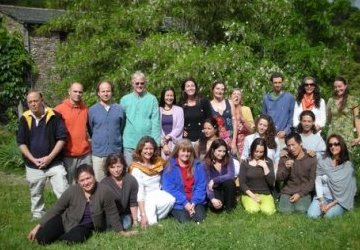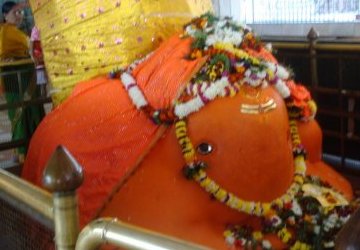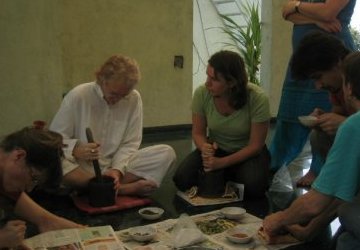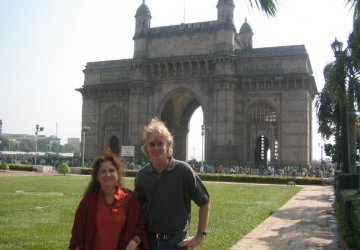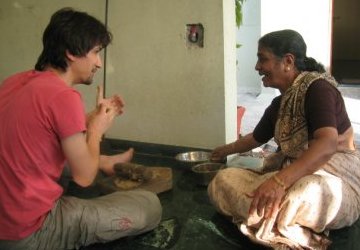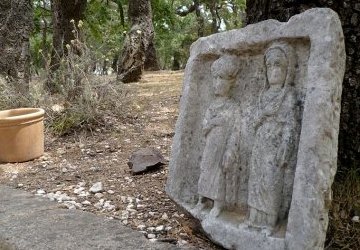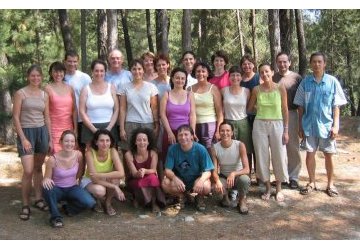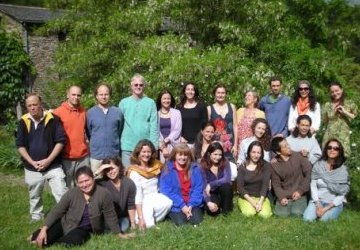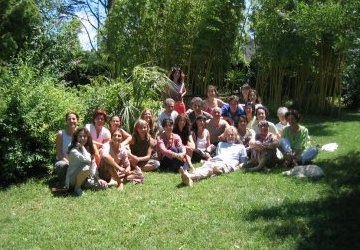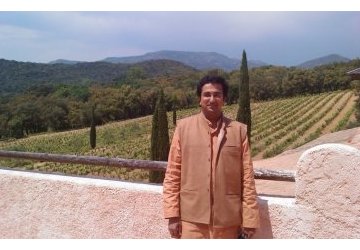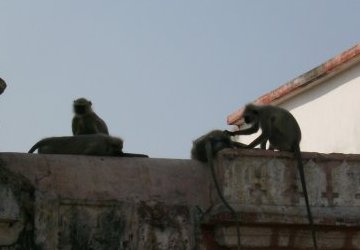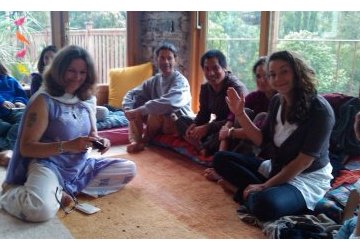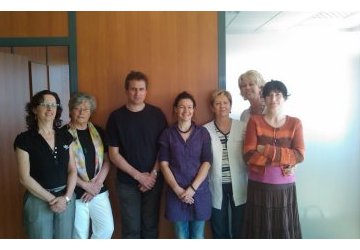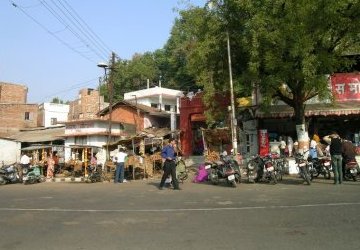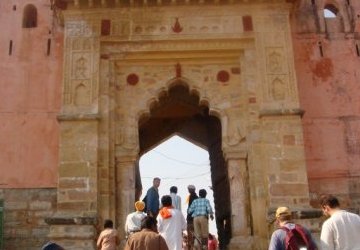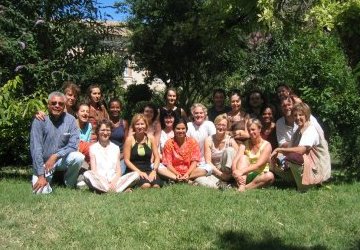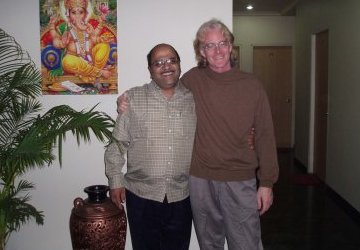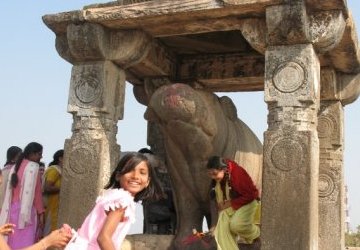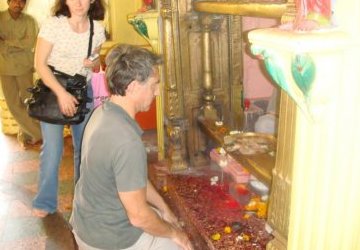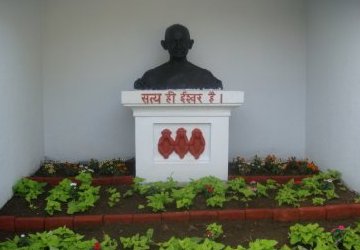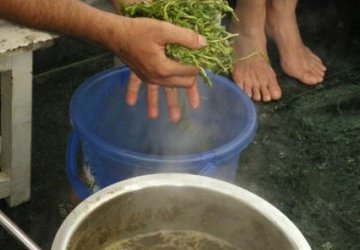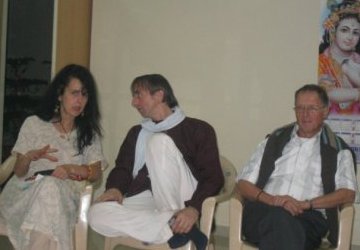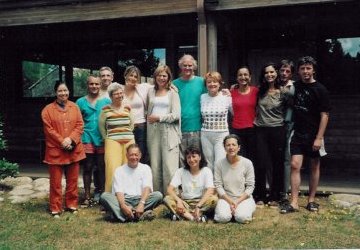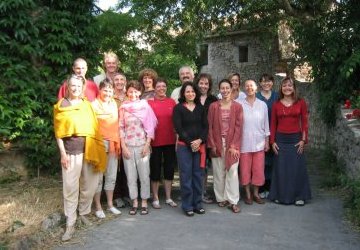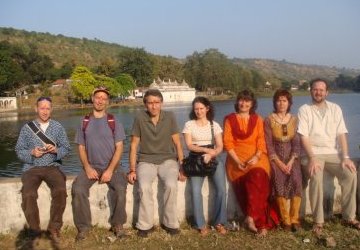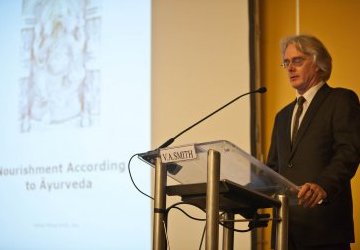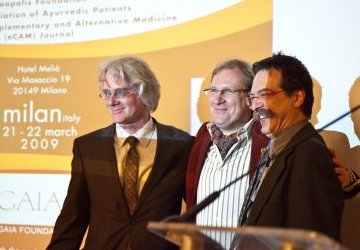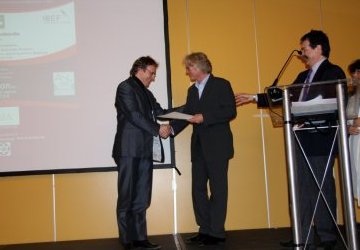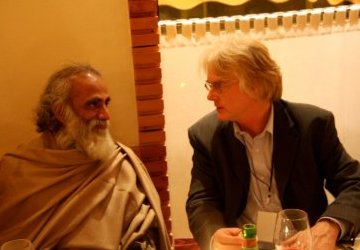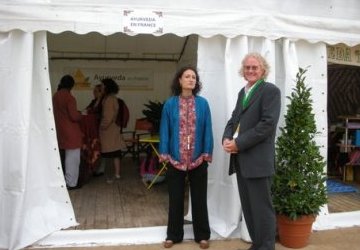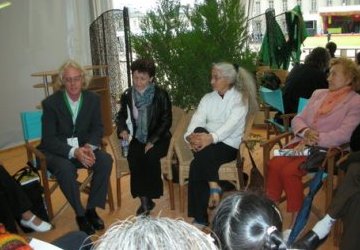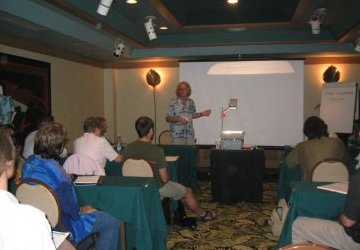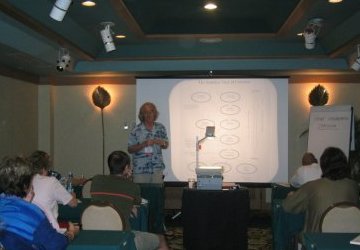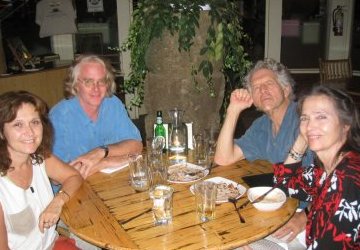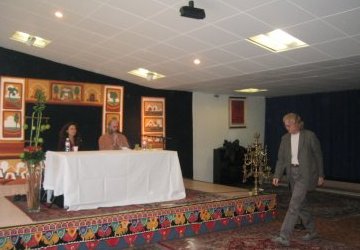A Vision of Cancer From an Ayurvedic Perspective
Cancer cells are always present in the body. Traditional Indian Medicine, Ayurveda, has a unique vision concerning the mechanism that prevents the growth of cancer cells in the human body. Additionally, the Ayurvedic perspective of cancer diversification and the resulting pathological developments are presented in this paper.
1. Homeostasis as a Primary Factor
2. Immunity and Immune Response as a Secondary Factor
3. Doshic types of Cancer and Diversification
4. Diversification of Cancer by Doshic Location
5. Conclusion
1. Homeostasis as a Primary Factor
Ayurveda states in Caraka Samhita, Sutrasthana, Chapter 1, 57 that the cause of all pathology in the body is due to the three Dosha, Vata, Pitta and Kapha (Tridosha). According to Ayurvedic theory the three doshas are responsible to maintain a stable equilibrium in physiology ; this can be related to the modern concept of homeostasis. In Ayurveda this entails the management of body systems, functions and especially the communication needed between the diverse activities of the human body.
One primary concept of Ayurveda rests on the idea that the human body is in constant interaction with internal and external factors that require constant mediation, communication and control mechanisms in order to maintain homeostasis. Ayurveda considers that these functions are performed by the three intelligent functions of the body or the three doshas.
The ability of the body to maintain homeostasis is the main indication of health as the organism is able to adapt to internal or external stimuli. This capacity to adapt shows health through adaptation as different systems and functions are brought into play that allow immune responses appropriate to different circumstances.
The inability of the body to maintain homeostasis is a primary indication of poor health as the organism is not able to adapt to internal or external stimuli. This inability to respond indicates poor health from the lack of functional reaction to internal and external stimulus. The result of this reduced response is either an inappropriate immune response (auto-immune) or little to no immune response (inadequate or suppressed immune response).
Additionally, in Ayurvedic thought the concept of ingested matter (liquid or solid) that is neither absorbed nor eliminated contributes to the impairment of normal homeostasis. The Ayurvedic term for this non-assimilated / non-eliminated matter is aama. The theory states that the accumulation of this non-digested matter prevents correct dosha function or homeostasis. The primary mechanism behind this theory is that communication between systems and functions is obstructed by the physical presence of non-digested material that is absorbed into the bloodstream through normal digestive procedures. In other words the dosha function that resembles homeostasis is physically reduced in direct proportion to the quantity of non-digested material present in the blood or tissues. This accumulation process is slow and allows for non-digested matter to be deposited at any location of the organism by the circulatory system.
Conclusion : If we accept that the Tridosha concept of Ayurveda resembles the modern idea of homeostasis then Ayurvedic theory indicates that inhibiting homeostasis affects communication between systems, locations and functions of the human body. Additionally, this process can be further accelerated by the physical presence of accumulated non-digested matter in the circulatory system which results in the eventual deposit of external substances in tissues and cells.
Given the above conclusion the result of limited or inhibited homeostasis would be an internal environment conducive to the growth of cancer cells. In a normal homeostasis the cancer cells would not be allowed to propagate due to the inherent capacity of homeostasis to adapt and adjust to variant factors. Once this capacity is compromised cancer cells are no longer held in check and proliferation is possible. This process is accelerated by the physical presence of non-digested matter as it further reduces communication between systems and functions of the organism.
2. Immunity and Immune Response as a Secondary Factor
Ayurveda states that the capacity to respond to stress factors, physical and mental, are related to the inherent strength of the individual. This concept in Ayurveda is represented by the term Baala. There are two kinds of Baala, inherent and developed. This idea of inherent strength is modified by lifestyle and the aging process.
Another primary idea in Ayurvedic thought is that of a primordial essence that supports the inherent strength of the person. This concept, Ojas, is a form of refined cellular nutrient extract that is created by the correct metabolism of food and its resulting refinement through various systems and enzyme actions, mainly on a cellular level. It is indicated that Ojas is also of two kinds, inherent and developed. This theory is worthy of note as Ojas is said to support the primary strength, Baala, as well as primary structures of the organism through supporting cellular growth and function. There is no direct relationship to an equivalent concept in modern anatomy and physiology. The Ojas is in a subtle distilled state that has not as yet been identified by modern science. The refined cellular nutrient extract can be modified by lifestyle and the aging process.
A third factor in immunity is the global concept of enzyme activity, or Agni, as a primary defense. Ayurveda states that there are thirteen different groups of enzymes that represent different activities. The primary group of enzymes is in the lower stomach and duodenum area. This theory proposes that any pathogen entering the body in the form of liquid or solid matter must first pass this enzyme barrier to reach nutrient assimilation and the bloodstream. A secondary area of five enzyme groups resides primarily in the liver and prevents pathogens from respiratory or digestive systems from entering the bloodstream. A third area of seven enzyme groups exists on a cellular level and aids in the tissue specific functions, differentiated by functional activity rather than by location. The enzyme activity can be modified by lifestyle and the aging process.
Thus, according to Ayurveda, immunity is the result of both inherent strength (Baala), proper metabolism that creates an active distilled cellular nutrient extract (Ojas) that supports all organic functions and enzyme activity. Immunity represents both the totality and interrelationship of these three Ayurvedic concepts. At the same time immunity is also dependant on homeostasis as both Baala and Ojas are dependant on correct dosha function to form their developed aspect versus their inherent aspect. Enzyme activity is also directly dependant on homeostasis and will either become variable, hyperactive or hypoactive according to doshic disruption. Additionally, the presence of non-digested food accelerates the incorrect or compromised functions of homeostasis. Thus, the presence of non-digested matter is also an important cause of reduced or compromised immune response usually directly related to enzyme activity.
From the Ayurvedic point of view immune response is dependent on twenty-one factors ; three doshas, two forms of Baala, two forms of Ojas, thirteen groups of Agni and aama. From this we can surmise that the possible number of interactions for these twenty-one factors is very large. Thus, immunity in Ayurveda is a complex response of the organism involving a number of systems and functions supported by inherent factors and developing factors.
Conclusion : Homeostasis is responsible for the correct development and function of Baala, Ojas and Agni. Once these two elements, Baala and Ojas, are compromised the immune response will suffer according to Ayurveda. Once enzyme function is compromised there is an increase of non-digested substances that also causes an effect on the immunity. Both of these factors interact and are interrelated resulting in delayed immune response, inhibited immune response, or incorrect immune response depending on a number of factors.
When the immune response is compromised cancer cells become free of the inhibiting factors provided by the immune system allowing them to propagate. Once the immune response allows the development of cancer cells it further compromises the strength (Baala) and the active distilled cellular nutrient extract (Ojas) causing a further degenerating cycle of cancer cell expansion. Enzyme action becomes variable, hyperactive or hypoactive according to homeostasis influences further allowing cancer cell propagation. If non-digested matter is involved in the immune suppression it further complicates both diagnosis and treatment as the location of non-digested matter can be anywhere in the body due to the time factor involved in its creation and circulation through the blood.
3. Doshic types of Cancer and Diversification
According to Ayurveda pathologies are caused by dosha. The subsequent development of symptom manifestation follows the traits and attributes of the causal dosha. Cancer, like other diseases difficult to treat, is often considered to be a disease of all three doshas together. Typically this reflects the fact that homeostasis in general has become deranged to the extent that communication between most systems and functions is compromised beyond its ability to recover stasis. In Ayurveda this is reflected as a derangement of all three dosha.
In spite of the concept of multiple management problems of homeostasis, Ayurveda generally considers pathology as originating from one of the three doshas. This may or may not include enzyme activity and non-digested matter. According to Ayurvedic pathology the offending dosha would continue to develop and disrupt the communication functions of the other two until, progressively, all three become implicated in cancer development.
These two ideas, that doshas gives their attributes to the pathology associated with them, and that they retain the capacity to disrupt the communication functions of the remaining two, is fundamental to the understanding of cancer in Ayurveda.
With the first concept we can begin to identify different forms of cancer as per the attributes of the causal dosha. This is useful in both diagnosis and treatment as it becomes possible to identify the disruption of homeostasis. Once the functional aspect of system communication can be identified, individualized treatment modularity can be developed and implemented. Naturally, this assumes that the three doshas, or all aspects of homeostasis, are implicated and thus compromised in their ability to maintain the safety mechanisms on the existing cancer cells. It is possible that only part of the homeostasis is compromised, or only two doshas, depending on any of multiple factors involved in the delayed, suppressed or incorrect immune response. There is even the possibility of one dosha alone being implicated in cancer pathology provided that multiple factors are favorable for such a development.
Given this schematic of dosha involvement we can judge, according to Ayurveda, the difficultly in treating the cancer. For example, the involvement of all three dosha would indicate a very difficult or impossible pathology to cure. Two of the doshas involved would indicate a difficult case of cancer to cure, but with greatly improved chances of success in treatment. One dosha alone as the sole cause and manifesting pathology would be, for cancer, possible to cure, or at least treatable to some degree. Thus, the number of dosha involved in the pathology directly decreases the likelihood of success in treatment.
As the majority of cancers as a whole are very difficult or impossible to cure, it is generally acknowledged that all three dosha are implicated in the pathology. Hence, for this paper we use the most difficult and complicated situation of a fully compromised homeostasis. Following these basic precepts it is possible to identify the causal factors of homeostasis disruption that leads to a modified immune response by disruption of Baala, Ojas, Agni and non-digested substances.
Cancer that is volatile, migrating, or variable in any aspect would relate to Vata dosha the intelligent principle of homeostasis that controls communication, movement and coordination.
Cancer that is metabolic, enzymatic, and evolves at a moderate rate would relate to Pitta dosha the intelligent principle of homeostasis that controls metabolism and transformation.
Cancer that is slow to evolve, manifests as tumors or as congestive disorders would relate to Kapha dosha the intelligent principle of homeostasis that controls lubrication and structure.
Cancer that incorporates two or three of the above indications demonstrates the number of doshas involved in the pathology. According to Ayurveda the greater number of combined dosha symptoms the greater the difficulty in diagnosis and treatment.
Conclusions : Ayurvedic pathology considers hyper or hypo dosha function as disruptions of homeostasis that gives their respective attributes to any resulting pathological symptoms. Secondary factors such as Baala, Ojas and Agni will also manifest dosha attributes as the causal disruption of homeostasis has these attributes. Thus, cancer will exhibit the attributes of the dosha provoking the disruption in immune response that prohibits the inhibiting mechanism that restrains cancer cell propagation from normal function.
When the inherent attributes of dosha are combined it indicates that a multiple breakdown of functional communication of homeostasis has occurred allowing for a greater degree of compromised immune response. This results in a complex pathology that is extremely hard or impossible to treat. The logical treatment module would be individualized according to the causal dosha that is responsible for the initial pathological development. This dosha could be identified by its inherent attributes and systematic evolution that follow their attributes ; e.g., fast or volatile development would indicate Vata, slow development would indicate Kapha and medium development would indicate Pitta.
4. Diversification of Cancer by Doshic Location
Ayurveda ascribes different locations to dosha based on their functional communication. According to the natural function of dosha a classification of system, tissue and organ control is assigned in Ayurveda. Thus, a secondary method exists to help identify the causal factor in cancer pathology.
It should be understood that the functional communication that Ayurveda relates to homeostasis is complex inter-relationship of various factors. Hence, dosha control of a location is given with the understanding that all doshas are always working together, never independently. Control is therefore delegated according dominant function in any given area, system or organ. Thus, there are overlapping areas as there are primary and secondary controllers according to the functions in that area ; e.g., lungs are controlled by Kapha as they require constant lubrication, and are controlled by Vata who activates the impulses of respiration.
According to Ayurveda Vata dosha controls the functions at the following locations :
colon, urinary bladder, bones, lungs, skin, ears, brain.
According to Ayurveda Pitta dosha controls the functions at the following locations :
small intestine, liver, gall bladder, heart, pancreas, blood (hemoglobin), endocrine glands, uterus, stomach, sweat glands, skin, eyes, brain.
According to Ayurveda Kapha dosha controls the functions at the following locations :
lungs, stomach, pancreas, testicles, ovaries, lymphatic tissue (including mammary tissue), kidneys, blood (plasma), sweat glands, skin, mouth and throat, bone marrow, brain.
Conclusion : The addition of doshic function as indicated by location adds an extra diagnosis tool that allows for a greater accuracy in development of individualized treatments of cancer. This schema also provides better insight on the effect of dietary or lifestyle cancers. Lifestyle habits such as tobacco smoking would clearly implicate Vata and Kapha doshas who share coordination of the lung functions. Thus, an Ayurvedic treatment of lung cancer would try to determine which dosha provoked the causal pathology in the lungs by study of the attributes associated with the pathological evolution ; e.g., fast or slow onset for example.
5. Conclusion
In conclusion traditional Indian medicine views health as a dynamic state related to homeostasis that allows communication for constant adaptation to internal and external factors. The ability to adapt and respond to various stimuli allows the immune system to function in such a manner as to maintain integrity of the systems and tissues of the body. Ayurvedic medicine views the immune response as a dynamic interrelationship of twenty-one factors that are based on homeostasis. Therefore, if homeostasis is lost the foundation of immune response that controls the inhibiting factors preventing the growth of existing cancer cells is compromised. Once homeostasis is lost various systems lose the capacity to function to their full capacity resulting in the possibility for ingested nutrients to remain the G.I. tract without being assimilated or evacuated giving rise to non-digested substances.
The resulting vision of Ayurvedic pathology offers the possibility to develop individualized treatment modules according to causal factors. The causal factor will be one of the three dosha that is prevented from correct functional communication due to lifestyle habits, diet, secondary effects of medication, environmental chemicals, or psychosomatic reasons that have not been addressed in this paper. The possible causes for the disruption of dosha function are unlimited. If identified the causes should be removed, as the cause of dosha pathology will prevent the re-establishment of homeostasis.
Once causal factors that disrupt the functional communication exhibited by dosha are removed a treatment approach can be developed based on the number of dosha implicated and the location of cancer manifestation. Attributes associated with each dosha would be evaluated and could indicate possible doshic cause even in complicated pathologies. Given this Ayurvedic view very resilient cancers such as melanoma would indicate a participation of all three doshas. Cancers that are Vata in origin would be very dangerous as they would be extremely volatile and could act with such speed that it would require immediate treatment in order to keep the patient alive for treatment. Metabolic cancers such as thyroid cancer would indicate a Pitta origin and slowly manifesting malignant tumors would tend to indicate Kapha origin cancers.
Through identification of causal factors that inhibit immune response treatments that reestablish homeostasis would also allow the innate power (Baala) of immunity to manifest on a general level. If the innate strength is sufficient then refined cellular nutrient extract (Ojas) would permit and support correct cellular functional communication. The enzyme activity that is present in all cellular functions would then be stimulated to remove any non-digested substances that had accumulated through time and deposited throughout the tissues by the circulatory system. This combined activity would permit an increase in the cancer cell suppression mechanisms resulting in the reduction of cancer cells and their proliferation.
Vaidya Atreya Smith is the director for the European Institute of Vedic Studies located in Switzerland. He has been practicing more than 25 years and has lived and studied in India from 1987 to 1994. In 2005 he was awarded the title of Vaidya in Varanasi, India.
Copyright © 2015 EIVS GmbH
The author offers this paper as basis for interdisciplinary stimulation on developing unique, individualized cancer treatment protocols. It is not meant to fully represent Ayurvedic or Biochemical medicines, but rather to open possible avenues of research and communication.




